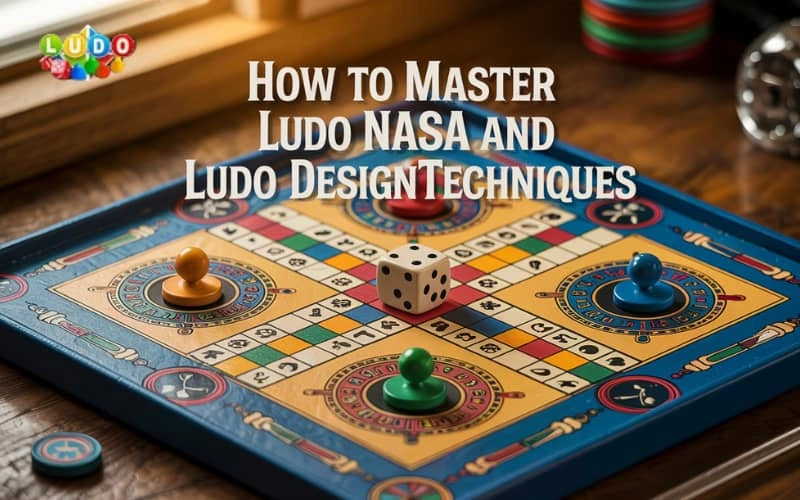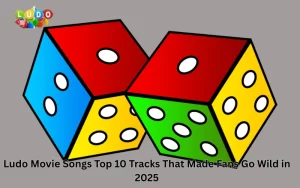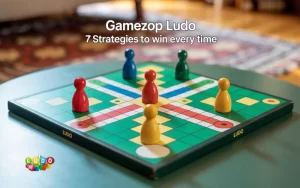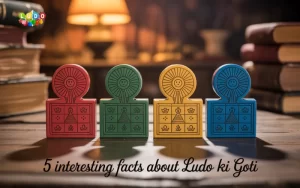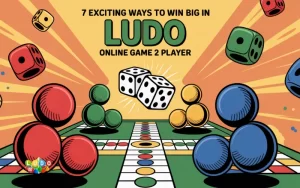Ludo is a classic board game enjoyed by players worldwide. Over time, different variations and versions have emerged, and one such variation is Ludo Nasa. However, the concept of mastering Ludo Nasa and Ludo design techniques involves understanding the rules of the game, as well as the design aspects that make it both engaging and fun. This article will explore how you can master Ludo Nasa and improve your Ludo design techniques.
Understanding Ludo Nasa
Ludo Nasa is a variation of the traditional Ludo game. It is usually designed with additional rules or features that differentiate it from the classic version. For instance, Ludo Nasa might include special spaces, power-ups, or alternate paths on the board that change the gameplay dynamics. These modifications require players to develop new strategies in order to win the game. To master Ludo Nasa, you need to first become familiar with the basic rules of the game and then understand the variations that make it unique.
The primary goal of Ludo is to move all your pieces from the start to the finish, while blocking or capturing your opponents’ pieces. In Ludo Nasa, the addition of unique elements like special spaces can introduce new strategies for both offense and defense. Learning how these additions impact the game is key to mastering Ludo Nasa.
Ludo Design Principles
The design of a Ludo board, whether in a traditional form or a modernized version like Ludo Nasa, plays a critical role in the gameplay experience. A good Ludo design enhances the fun factor of the game while maintaining its simplicity and accessibility. Here are the key principles to consider when designing a Ludo board game.
1. Clear Layout and Easy Navigation
A successful Ludo design must feature a layout that is simple to navigate and understand. The traditional design of the board, which includes a square grid with colored paths for each player, is easy to follow. The central area is typically where the players’ pieces start, and they must make their way around the board to reach the finish. In any variation, this layout should remain easy to follow, with clear paths and clear indicators for where each player’s pieces should move.
For Ludo Nasa, you might want to consider additional design elements such as special spaces that allow for unique moves. These should be distinctly marked and easy to identify during gameplay. The key is to not overcrowd the board with too many features while maintaining a visually appealing layout that doesn’t confuse players.
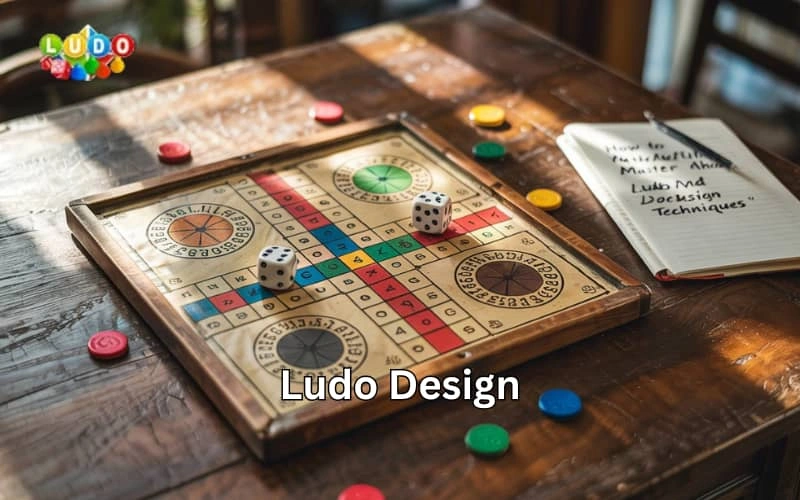
2. Engaging Visuals
The visuals of the Ludo board can also contribute to its design success. Bright, contrasting colors help differentiate each player’s pieces and the paths they must follow. When it comes to Ludo Nasa, adding space-age or futuristic themes can enhance the gaming experience ludo design. Consider incorporating planetary or space-themed elements, such as stars, asteroids, or even a rocket to represent certain spaces.
However, while design is important, functionality should always come first. Ensure that the design elements do not interfere with the players’ ability to see the board clearly or track their pieces effectively. A good design balances aesthetics and clarity.
3. Incorporating Special Spaces and Power-ups
In Ludo Nasa, the addition of special spaces or power-ups can create new opportunities for players to interact with the game. These can include spaces that allow players to move additional spaces or alter the positions of their opponents’ pieces. The design should make these special spaces noticeable but not overpower the main objective of the game.
For example, in Ludo Nasa, you might add a space that sends a player’s piece to a new location on the board, much like a wormhole in space. Alternatively, you could have spaces that trigger a bonus or penalty, forcing players to adapt their strategies based on the layout.
4. Board Size and Space Allocation
The size of the Ludo board and the space allocated for each player’s pieces should be proportional to the number of players. In a traditional Ludo design, four players each have their own colored path leading to a central home space. Ludo Nasa ludo design, however, may require a larger or more complex layout to accommodate extra features like additional paths or obstacles.
As the designer, consider how much space each player’s pieces need to move freely. Too many obstacles or too much tight space can make the game frustrating, while too few challenges can make it predictable. A balance must be struck between complexity and accessibility, particularly when introducing new design elements.
Strategy Tips for Mastering Ludo Nasa
Once you’ve become familiar with the game rules and design principles, it’s time to focus on strategies that can help you win in Ludo Nasa. Here are some strategies to keep in mind:
1. Understand the New Rules
If you’re playing a version of Ludo Nasa with additional rules or power-ups, take the time to understand how they work. Knowing how special spaces can help or hinder your game can give you a strategic edge. For instance, if you land on a space that allows you to take an extra turn, make sure to take full advantage of it.
2. Plan Ahead
Ludo is a game of planning and patience, and in Ludo Nasa, this principle holds even more weight. Plan your moves strategically, thinking several turns ahead ludo design. Be mindful of the placement of your opponents’ pieces and try to predict their next moves. In Ludo Nasa, special spaces might give players the ability to skip ahead or send others back, so keeping track of these elements is crucial.
3. Defend and Block
One of the key strategies in Ludo is blocking your opponents from advancing while you work toward your own goal. This becomes even more important in Ludo Nasa, where certain moves or spaces might allow for player elimination. If you can block your opponent’s path or land on a special space that forces them to lose a turn, you can gain a significant advantage.
4. Take Risks When Necessary
While it is important to plan and think ahead, sometimes taking a risk can pay off. In Ludo Nasa, there might be spaces that offer a high reward but come with a significant risk ludo design. Don’t be afraid to take a calculated risk if it could help you win, especially if you’re behind in the game.
Conclusion
Mastering Ludo Nasa and Ludo design techniques involves both understanding the game’s rules and the creative elements that enhance the game’s design. A well-designed Ludo Nasa board incorporates clear navigation, engaging visuals, and unique elements such as special spaces and power-ups ludo design, all while keeping the game fun and accessible for players. Whether you are designing your own board or mastering an existing one, the key is to blend strategy, design, and an understanding of the gameplay mechanics to create an enjoyable experience for everyone.


